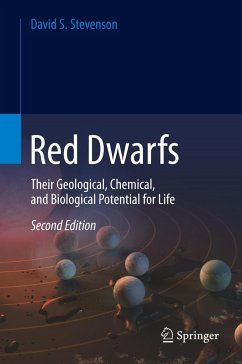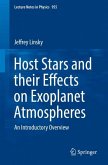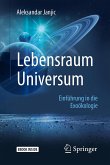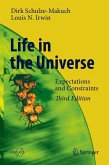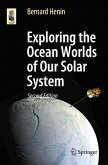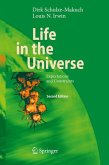This thought-provoking book looks at the nature of red dwarf systems as potential homes for life. Realistically, what are the prospects for life on these distant worlds? Could life evolve and survive there? How do these planetary surfaces and geologies evolve? How would life on a planet orbiting a red dwarf differ from life on Earth? And what are the implications for finding further habitable worlds in our galaxy?
The author provides readers with insight into the habitability of planets and how this changes as time progresses and the central star evolves. Since the previous 2013 edition Under a Crimson Sun, there has been a rise in newly discovered planets orbiting red dwarfs, accompanied by controversial areas of research that test what we think we know about these systems. This revised edition delves into the wealth of new material uncovered since that date. It explains the often conflicting results and analyses put forward and clarifies our understanding of these exciting new worlds.
The chapters explore the full width of relevant scientific discovery and speculation on the potential for red dwarf planets to host life. New content includes improved atmospheric models, new understandings of the impact of stellar radiation on the atmosphere of red dwarf worlds, tidal-locking, and comparisons with terrestrial geology and climate.
The author provides readers with insight into the habitability of planets and how this changes as time progresses and the central star evolves. Since the previous 2013 edition Under a Crimson Sun, there has been a rise in newly discovered planets orbiting red dwarfs, accompanied by controversial areas of research that test what we think we know about these systems. This revised edition delves into the wealth of new material uncovered since that date. It explains the often conflicting results and analyses put forward and clarifies our understanding of these exciting new worlds.
The chapters explore the full width of relevant scientific discovery and speculation on the potential for red dwarf planets to host life. New content includes improved atmospheric models, new understandings of the impact of stellar radiation on the atmosphere of red dwarf worlds, tidal-locking, and comparisons with terrestrial geology and climate.

